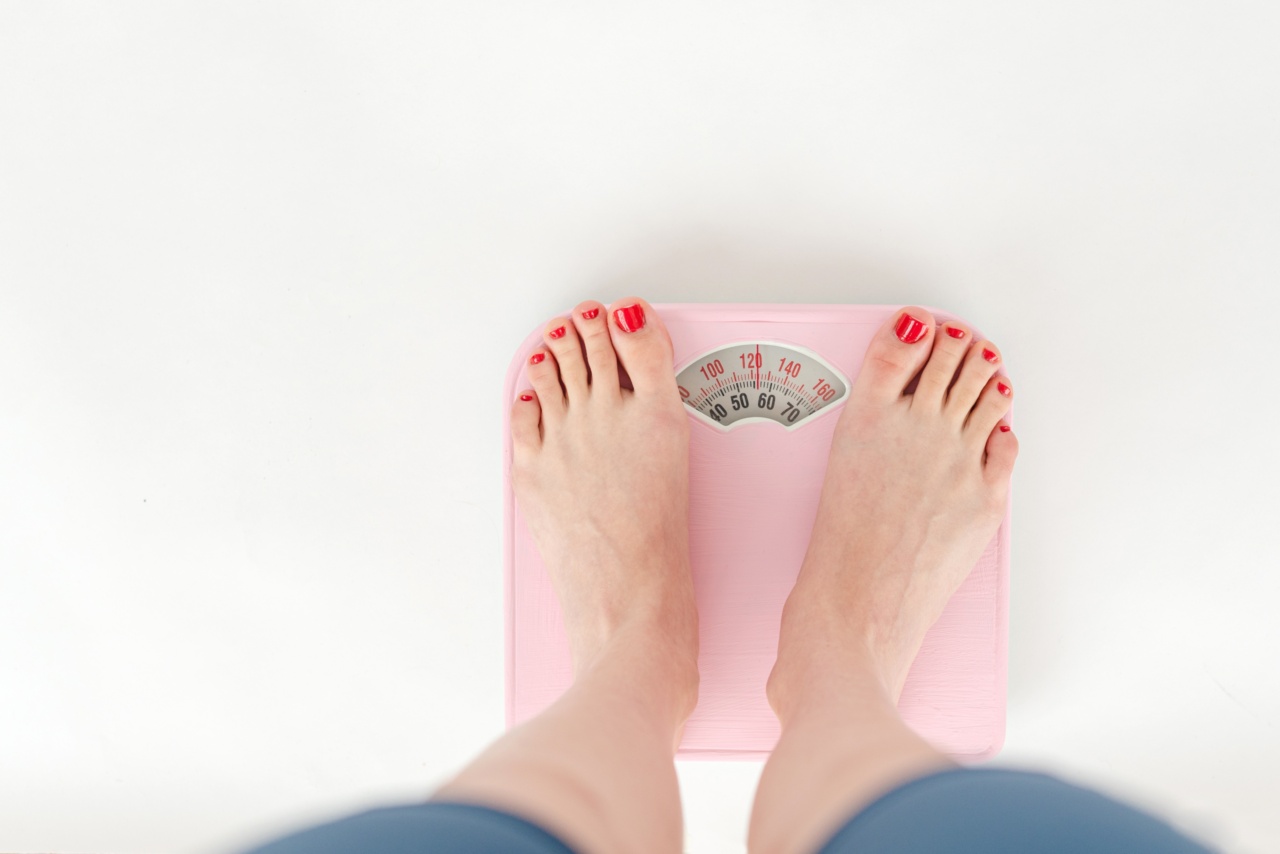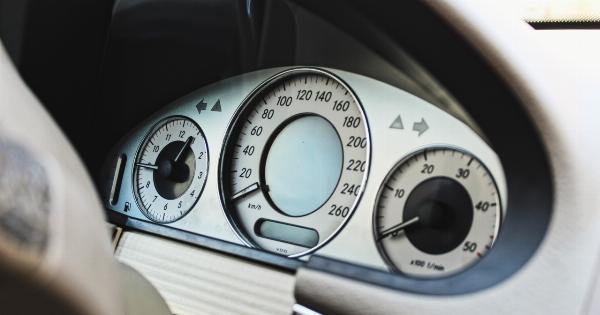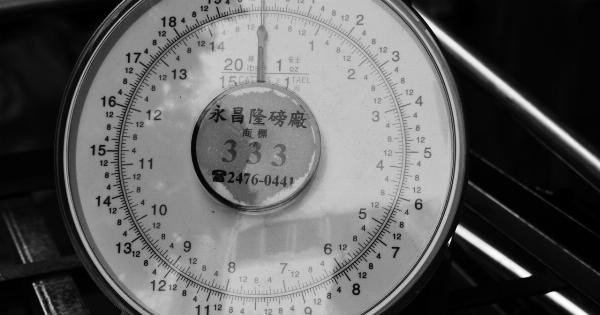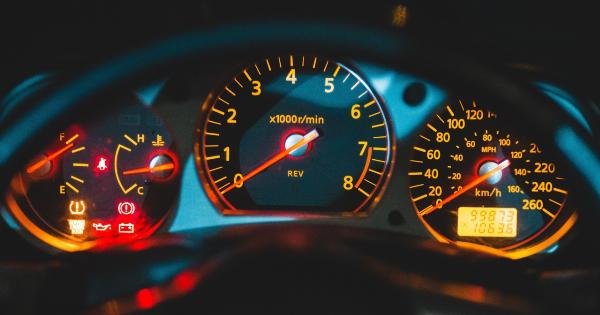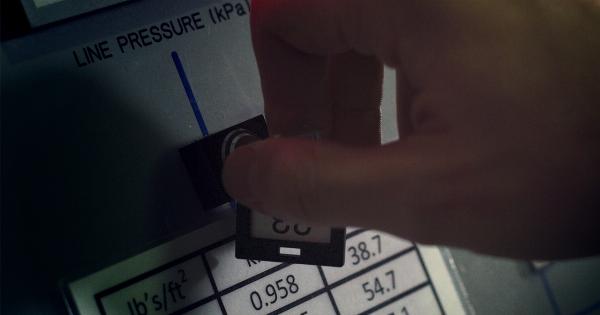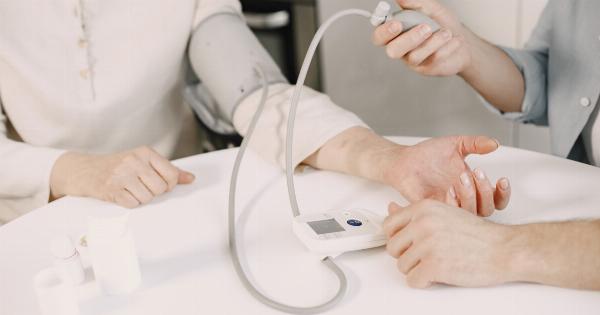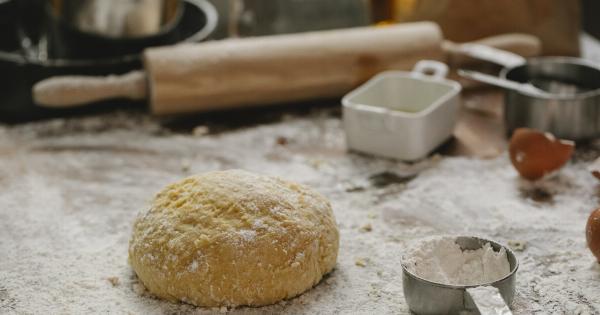Measuring pressure is a critical process in different industries, including aviation, manufacturing, and healthcare. Pressure measurements allow us to monitor and control pressure levels in various systems, ensuring safety, efficiency, and quality.
However, to get accurate and reliable results, you need to prepare adequately before measuring pressure. Here are five essential tips to follow:.
Tip #1: Calibrate Your Instruments
Precise pressure measurements require accurate pressure measurement tools, such as pressure gauges, sensors, meters, and transducers.
However, like any other measuring instrument, pressure measurement devices can experience drift and lose accuracy over time. Therefore, it’s crucial to calibrate your pressure measurement tools regularly, preferably before use. Calibration involves comparing your device’s readings to a known and traceable standard and adjusting them if necessary.
By calibrating your instruments, you can enhance their accuracy, repeatability, and reliability, which are critical factors in pressure measurement.
Tip #2: Check Your Environment
The environment where you measure pressure can influence the accuracy and stability of your readings.
Therefore, you should check your environment for any conditions that can affect pressure measurements, such as temperature, humidity, vibration, and electromagnetic interference. High or low temperatures or humidity can cause your instrument to expand or contract, affecting its accuracy.
Vibration can create noise or interference that can distort your readings, while electromagnetic interference can introduce electrical noise in sensitive pressure measurement devices. In such cases, you will need to take necessary measures to mitigate or eliminate those environmental factors to ensure accurate and reliable measurements.
Tip #3: Understand Your System
Measuring pressure in a system requires understanding how the system works, its components, and their roles.
You need to know how pressure is generated and transmitted, how it affects the system’s performance and safety, and how to calibrate and interpret pressure readings. Moreover, you need to understand the limitations and range of your measuring instruments to choose the appropriate one for your application.
For instance, some pressure gauges or sensors may not be suitable for high-pressure or corrosive applications, which can lead to errors or damage. Therefore, you should research and consult experts before measuring pressure in a system to avoid any costly mistakes.
Tip #4: Prepare Your Setup
Before measuring pressure, you need to prepare your setup, including the pressure measurement device, connecting lines, and adapters. You should ensure that your connecting lines and adapters are clean, free of leaks, and correctly installed.
You should also eliminate any air bubbles or moisture in the lines to prevent pressure drops or fluctuations. Moreover, you should select the appropriate connecting line diameter and length to minimize pressure drops and ensure maximum flow rates.
Finally, you should position your pressure gauge or sensor in a way that allows easy and safe access, visibility, and stability, and avoid any obstructions or interferences.
Tip #5: Have a Standard Procedure
Finally, to ensure consistency, repeatability, and traceability in your pressure measurement process, you should have a standard operating procedure (SOP) that outlines all the steps, requirements, and precautions for measuring pressure in your application. Your SOP should include information about calibration, environment, system, setup, measurement range, units, and recording and reporting of readings.
You should also identify any critical parameters, tolerances, or safety limits that are vital to your application and ensure that they are met. By having an SOP, you can avoid errors, conflicts, or variations in your pressure measurement process, which can affect the quality and safety of your products or services.
